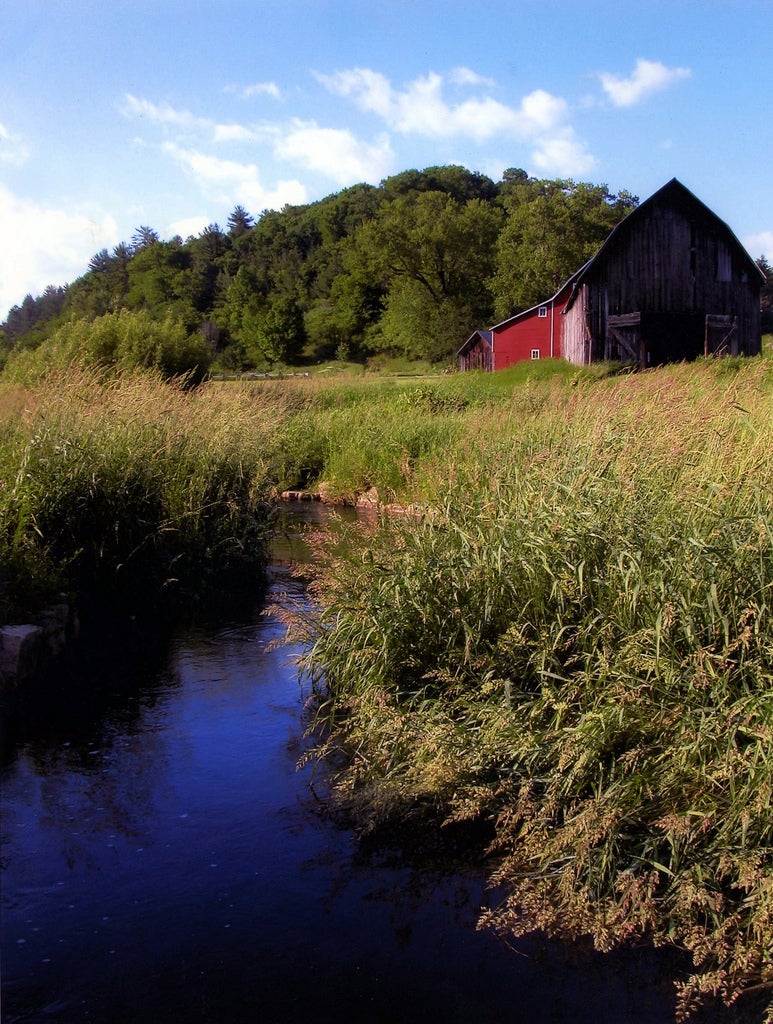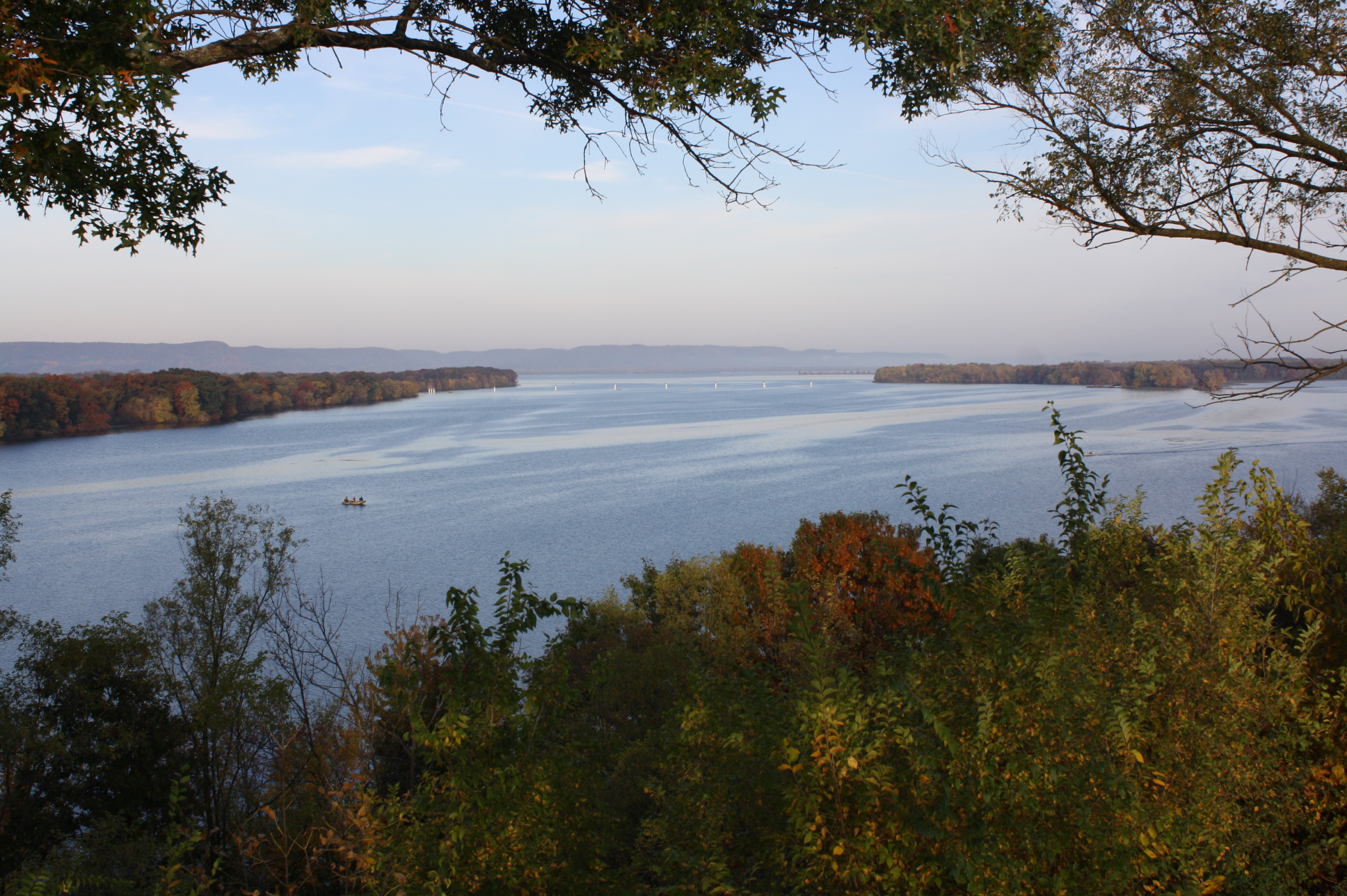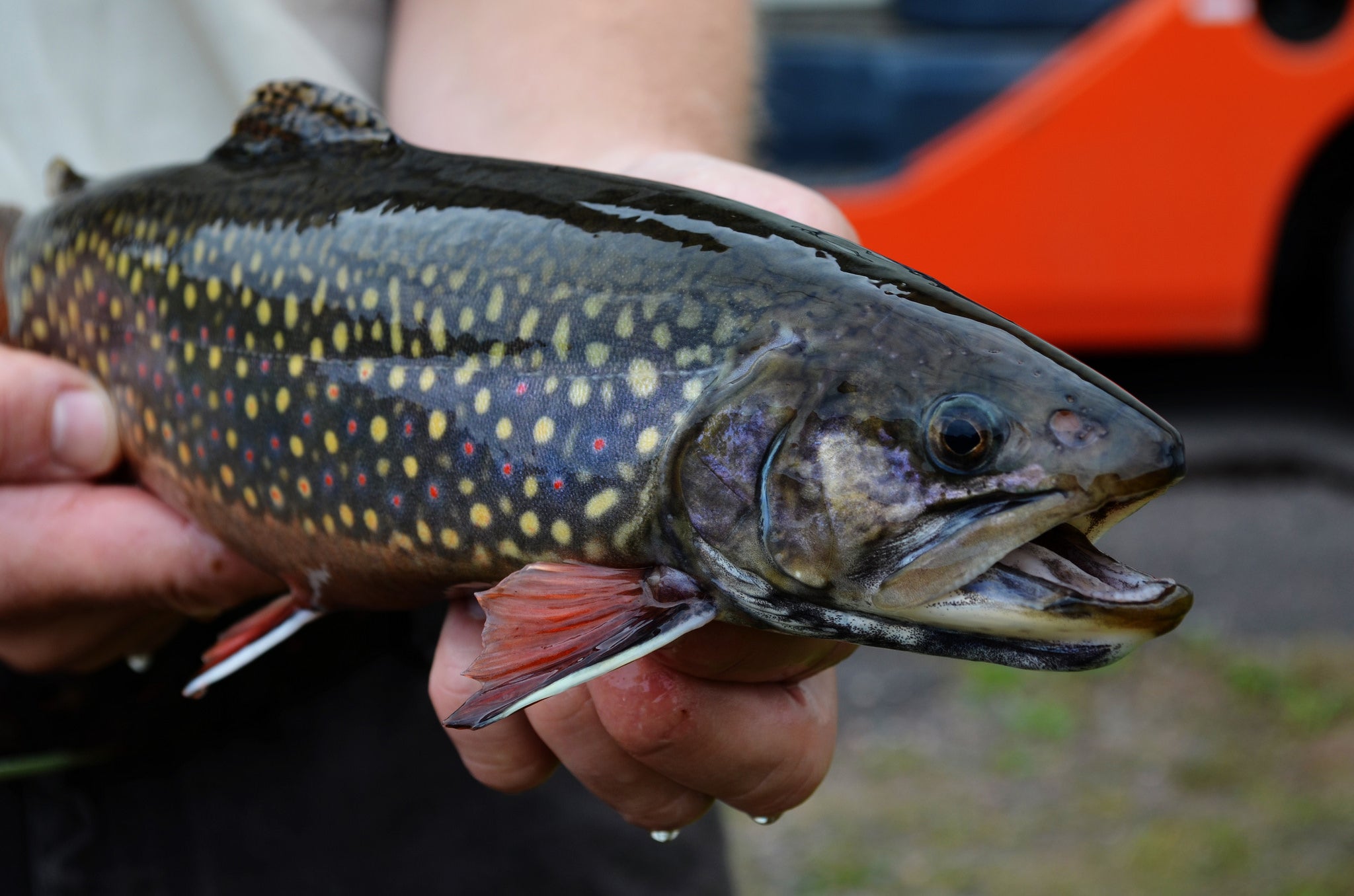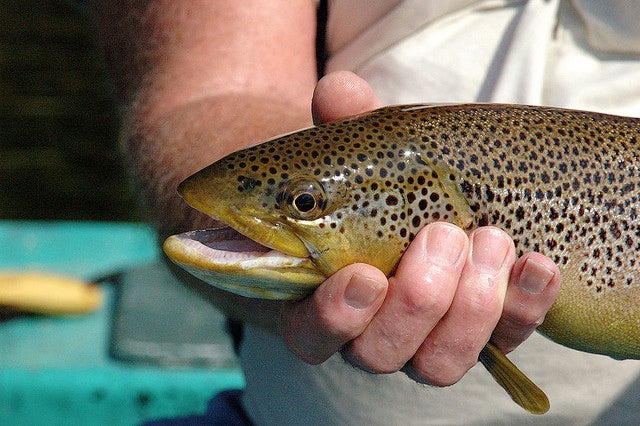Public meetings begin today over how to best protect public land in a hallowed fishing region of Wisconsin. The process is partly linked to concerns about climate change.
The Driftless Area of western and southwestern Wisconsin – about 23 counties – has some of the state’s best cold water streams for trout and small-mouth bass fishing. The Department of Natural Resources owns or holds easements on more than 35,000 acres along those waters, and the agency is developing a master plan for the land. Fisheries ecologist Paul Cunningham says the effort will help guide with future land purchases, including those aimed at helping anglers get a line in the water.
“Over a third of those sub-watersheds that have trout streams in them have no public access … so access for trout angling is patchy in its distribution across the Driftless [Area].”
Stay informed on the latest news
Sign up for WPR’s email newsletter.
Something that may also help shape the master plan is climate change modeling the DNR and scientists from other agencies are doing, looking at what the effect might be on sport fish in the streams. Cunningham says in the worst case, native brook trout may be driven out of some areas over the next 35 years.
“They will be pushed into more headwater areas, closer to groundwater source, they’ll will be extirpated from Grant County, southern portions of Iowa, Lafayette, Green [counties].”
So Cunningham says future efforts along some of the Driftless Area streams might aim to protect the fish through land management techniques that maintain cooler water temperatures.
The DNR is holding nine public meetings this month on its early work on the Driftless Area master plan, beginning with a session this afternoon in Baldwin.
Wisconsin Public Radio, © Copyright 2024, Board of Regents of the University of Wisconsin System and Wisconsin Educational Communications Board.





